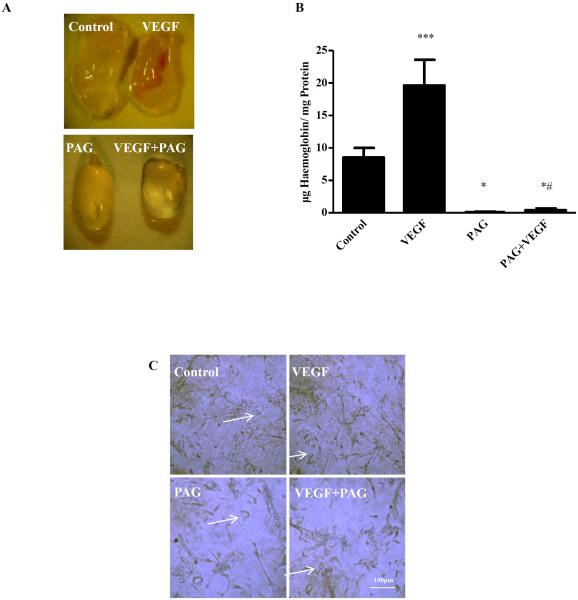Figure 4. PAG inhibits VEGF-stimulated angiogenesis in vivo.
C57BL/6 male mice 10–12 weeks old mice were randomized in 4 groups (4 mice/group): 1. CONTROL: 100μl water for injection (WFI) intra-peritoneally (i.p.) for 15 days, 2. PAG: 100μl of 50mg/kg in WFI PAG i.p. for 15 days, 3. VEGF:100μl WFI i.p. for 15 days and 4.PAG+VEGF: 100μl of 50mg/kg in WFI PAG i.p. for 15 days. The first day, mice were anesthetized by a 1–2 min exposure to isoflurane and 400μl 50:50 Matrigel® Matrix: 1xPBS with or without VEGF(100ng/ml) was infused subcutaneously. Mice were sacrificed 16 days after Matrigel® injection. (A) Macroscopic appearance and vessel infiltration in Matrigel plugs (B) Hemoglobin content in μg/mg *p<0.05 vs Control, ***p<0.01 vs Control, #p<0.05 vs VEGF. (C) Immunostaining for the expression of endothelial cell marker CD31 staining in 5μm sections of Matrigel® plugs. 40X magnification.

